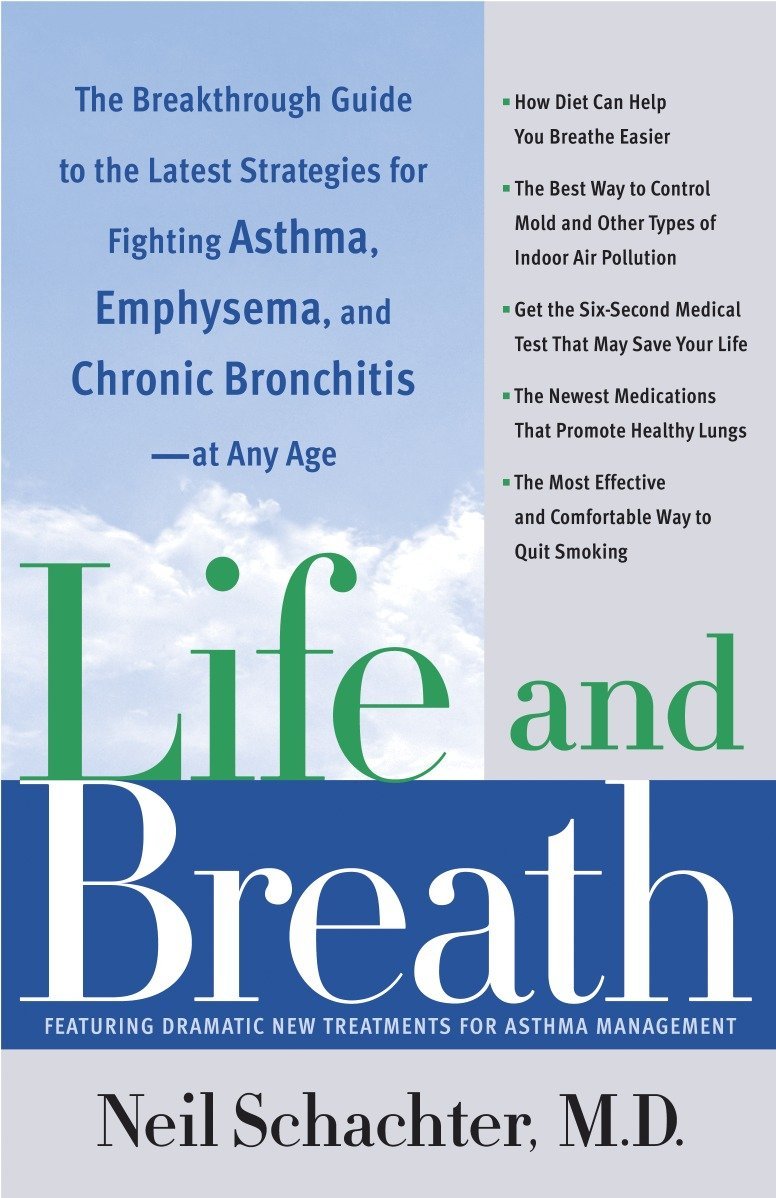In the mid-1960s, when I was in training at New York’s Bellevue Hospital, COPD, or Chronic Obstructive Pulmonary Disease, was regarded as a disease of old men. Most of my patients were men in their sixties who had lived and played hard. Heavy drinkers with nicotine-stained fingers, they rattled windows with their coughs, keeping the other patients awake at night. One morning on rounds, the chief of the chest division pointed to a group of nurses lighting up cigarettes with their coffee, advising me that “in twenty years, they too will be your patients.”
Unfortunately, he was right. In the past two decades, I have seen a steady rise in the number of women with COPD. In fact, since 1992 the incidence of chronic bronchitis and emphysema has gone up 100 percent. In my early years as a pulmonologist, I can recall only a handful of female patients with COPD. Now fully half of my COPD patients are women.
Much of the rise in COPD is linked to the increase in smoking among women. In the early 1900s, when cigarettes first became popular, men started to smoke in their teenage years, while women adopted the habit at a much later age. Only with the changes in our society that have resulted in greater equality for women have women begun to smoke as teenagers, becoming addicted by the time they reach their twenties. Research indicates that women seem to have a greater biological susceptibility to the health impact of cigarettes.
It takes fewer cigarettes to cause profound lung damage in women. They have more severe symptoms, lose lung function more quickly, and have higher rates of hospitalization for COPD.

